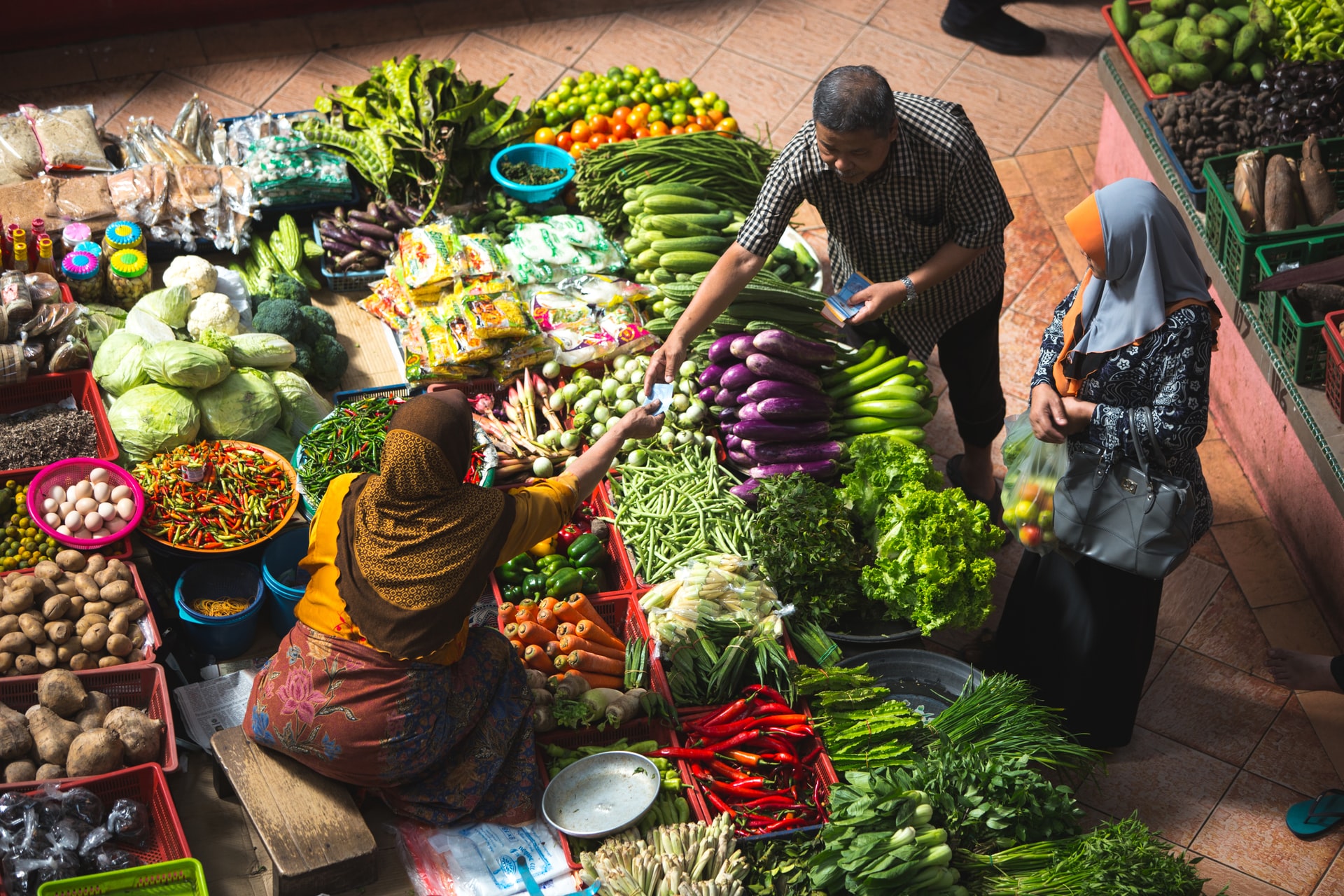

In response to the rapid spread of COVID‐19, governments across the globe implemented local lockdowns that led to increased unemployment and disrupted local and international transport routes and supply chains. Whilst such efforts managed to slow or stop the spread of the SARS-CoV-2 virus, they resulted in increased food insecurity, whether due to reduced incomes or increased food prices.
A new study led by CMCC@Ca’Foscari, the strategic partnership between the CMCC Foundation and Ca’ Foscari University of Venice, and RFF-CMCC European Institute on Economics and the Environment, tracks food insecurity and its determinants in lower-income countries* during the COVID-19 pandemic using household-level data over multiple waves.
In this new study recently published in Scientific Reports, Shouro Dasgupta, researcher at the CMCC Foundation and RFF-CMCC European Institute on Economics and the Environment, Lecturer at Ca’ Foscari University of Venice, and Elizabeth JZ Robinson, Director of Grantham Research Institute, LSE, examined the effects of socioeconomic drivers such as gender and education of the household head; income and poverty status of the households during the pandemic; safety nets in the form of cash and food assistance; coping strategies adopted by households; and price effects of major food items, on food insecurity during the pandemic.
The study particularly focuses on the policy interventions undertaken by governments to try to reduce the impact of the pandemic on food insecurity, including the use of food and cash safety nets. There are different types of safety nets, including cash transfer programmes, and food-based programmes that can variously include providing food, food stamps, food vouchers, and food for work programmes in which workers are generally paid in food grains rather than cash.
A key on-going debate is the extent to which cash or food assistance is most effective in reducing food insecurity. Naturally, public nutrition programmes and food safety nets more broadly are designed to directly reduce food insecurity. Yet from a utility-maximising perspective, cash transfers tend to be considered more economically efficient because, at the margin, they do not distort consumption and production choices. There are also non-economic reasons for preferring cash to food transfers, such as that they are less “paternalistic”.
“Our findings suggest that safety nets in the form of cash assistance appear to have been more effective than food in terms of reducing food insecurity during the pandemic”, comments Shouro Dasgupta. “Further, households with female and/or relatively less-educated heads, and those that are poorer or experiencing a pandemic-induced loss of income, have a higher chance of suffering food insecurity.”
The paper shows the importance of understanding the local contexts in terms of socioeconomic inequalities to enable the design and implementation of more effective safety net policies. “Because the educational background of parents influences their children’s educational, earnings, and wage outcomes” adds Elizabeth Robinson, “our results further suggest that public investment and policies to improve education are likely to reduce intergenerational inequalities with respect to food insecurity during any future crises, including possible future pandemics.”
Moreover, the results show that those households who had to borrow rather than rely on their savings had a higher probability of suffering from food insecurity. Furthermore, heterogeneities in findings across countries reveal the need for evidence-based policies tailored to local contexts.
“These important debates over how to best reduce food insecurity tend to flare up during crises, such as pandemics, but are increasingly relevant more broadly given the persistence of food insecurity across low- and middle-income countries and growing evidence that climate change is resulting in an increase in the number of under-nourished people across the globe”, Dasgupta and Robinson conclude. “As evidence increases that climate change is directly harming food security, government policies will be central to how countries adapt to the realities of climate change, particularly in terms of the likely increases in frequency and severity of shocks, on top of the slow-burn impact of increasing temperatures on crop yields.”
*Armenia, Cambodia, Chad, Djibouti, Ethiopia, Kenya, Malawi, Mali, Nigeria, South Africa, Uganda

